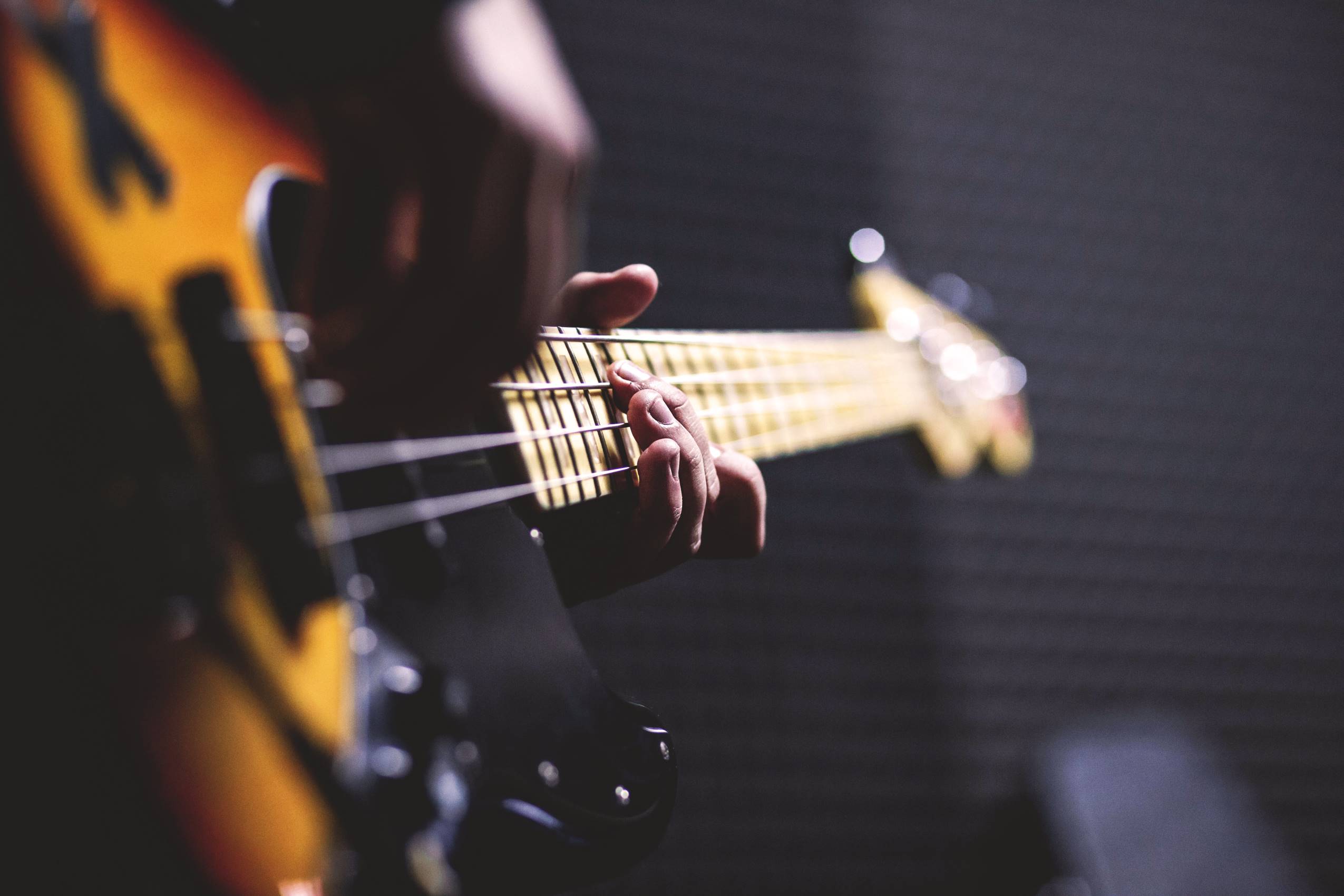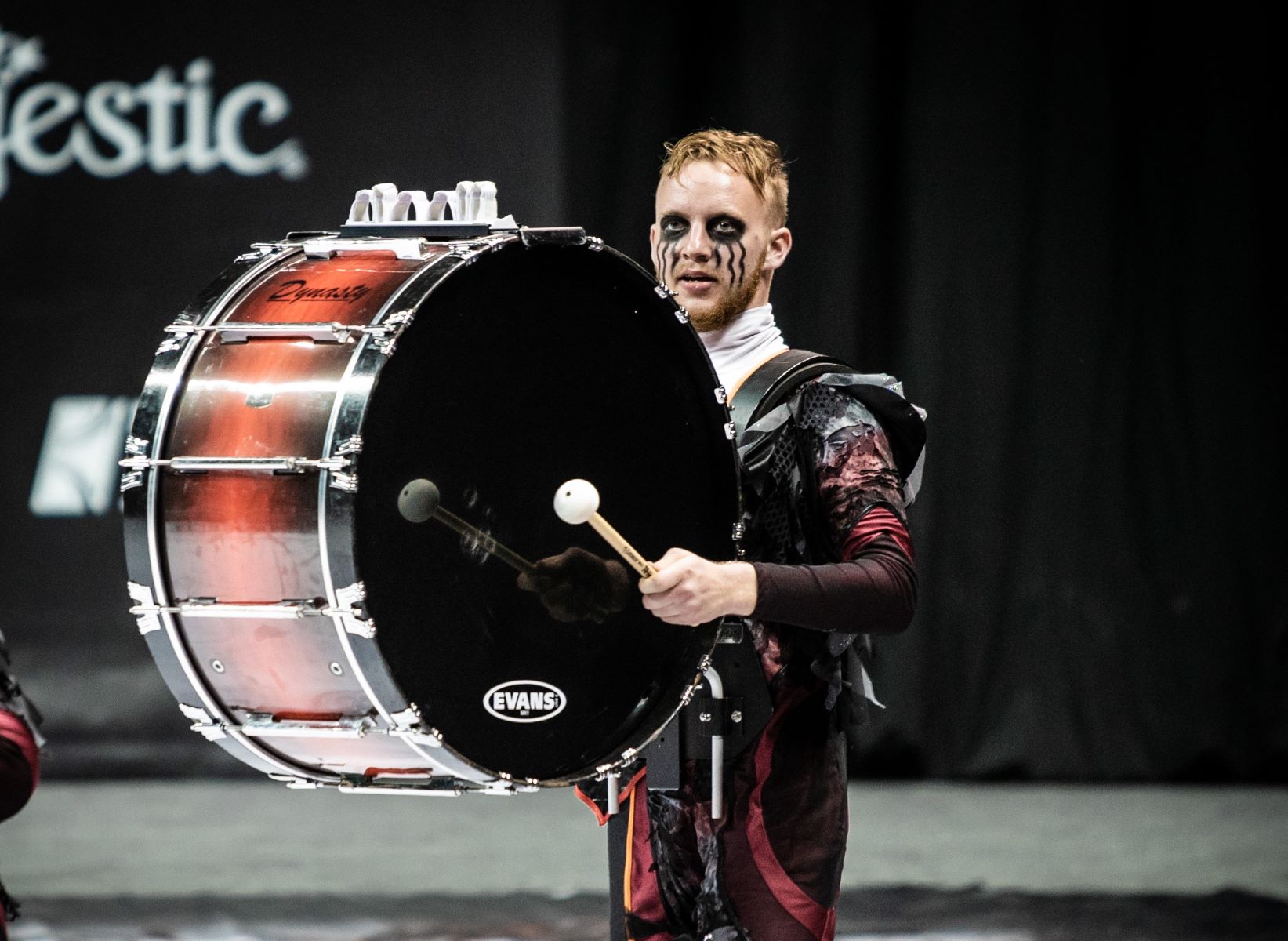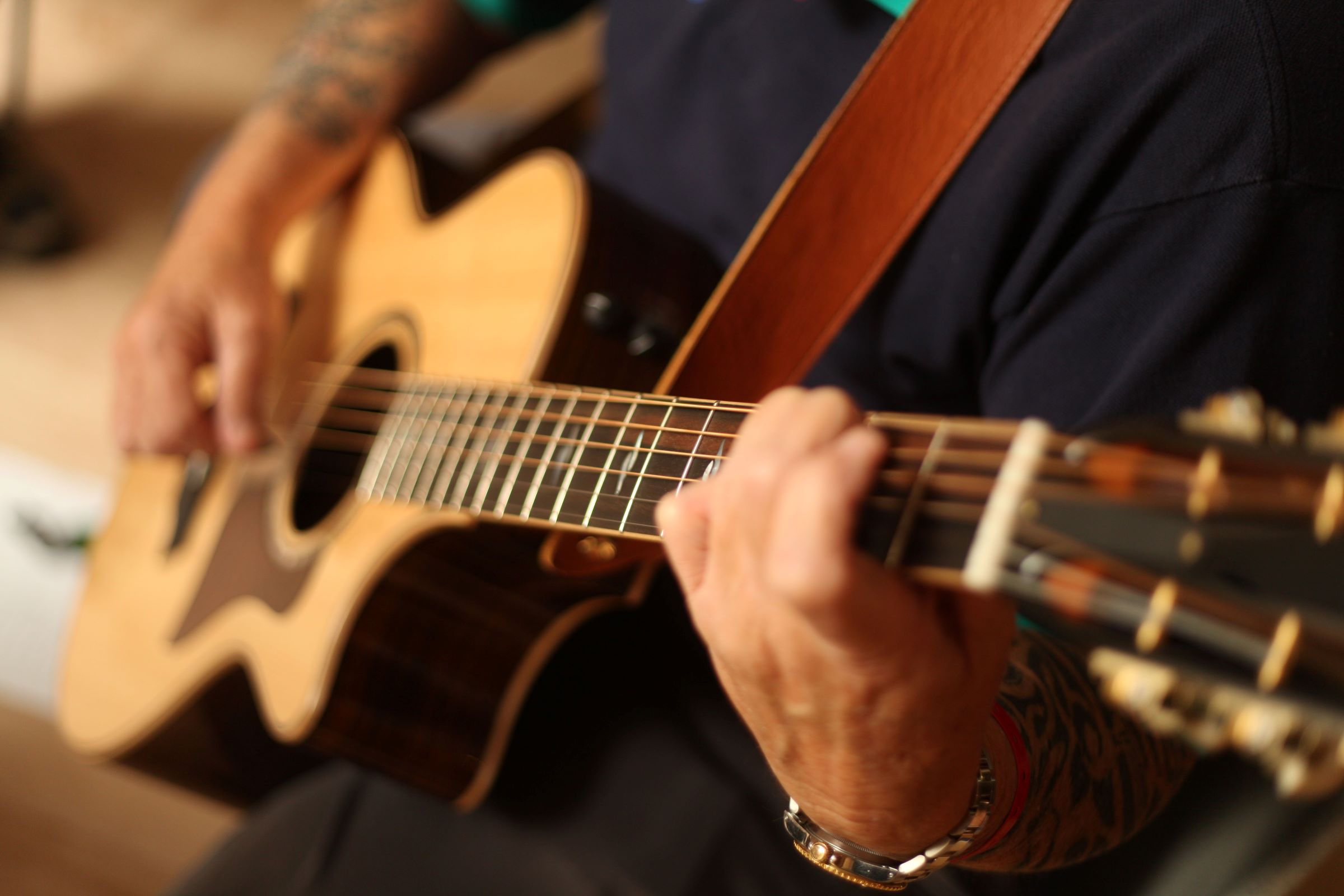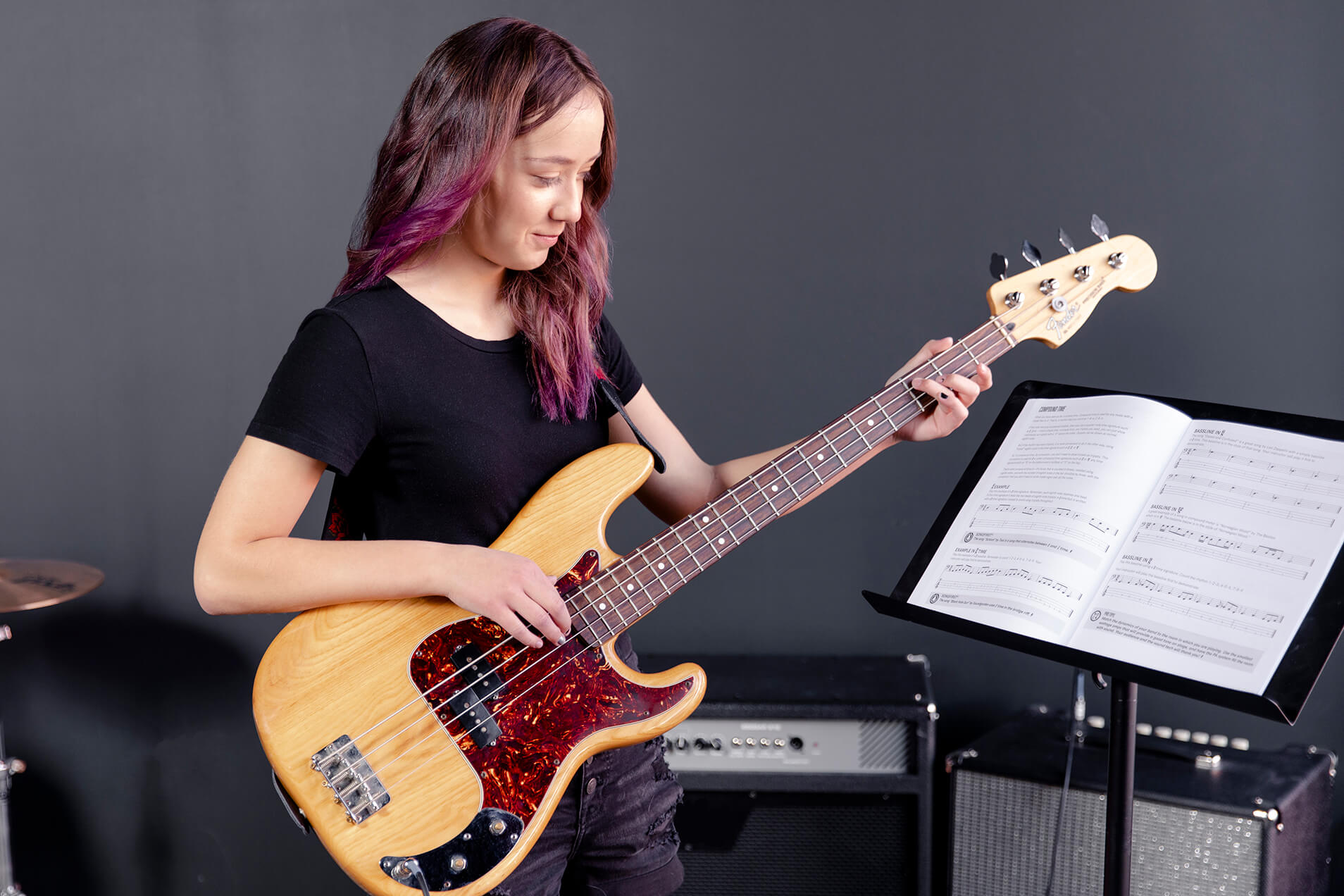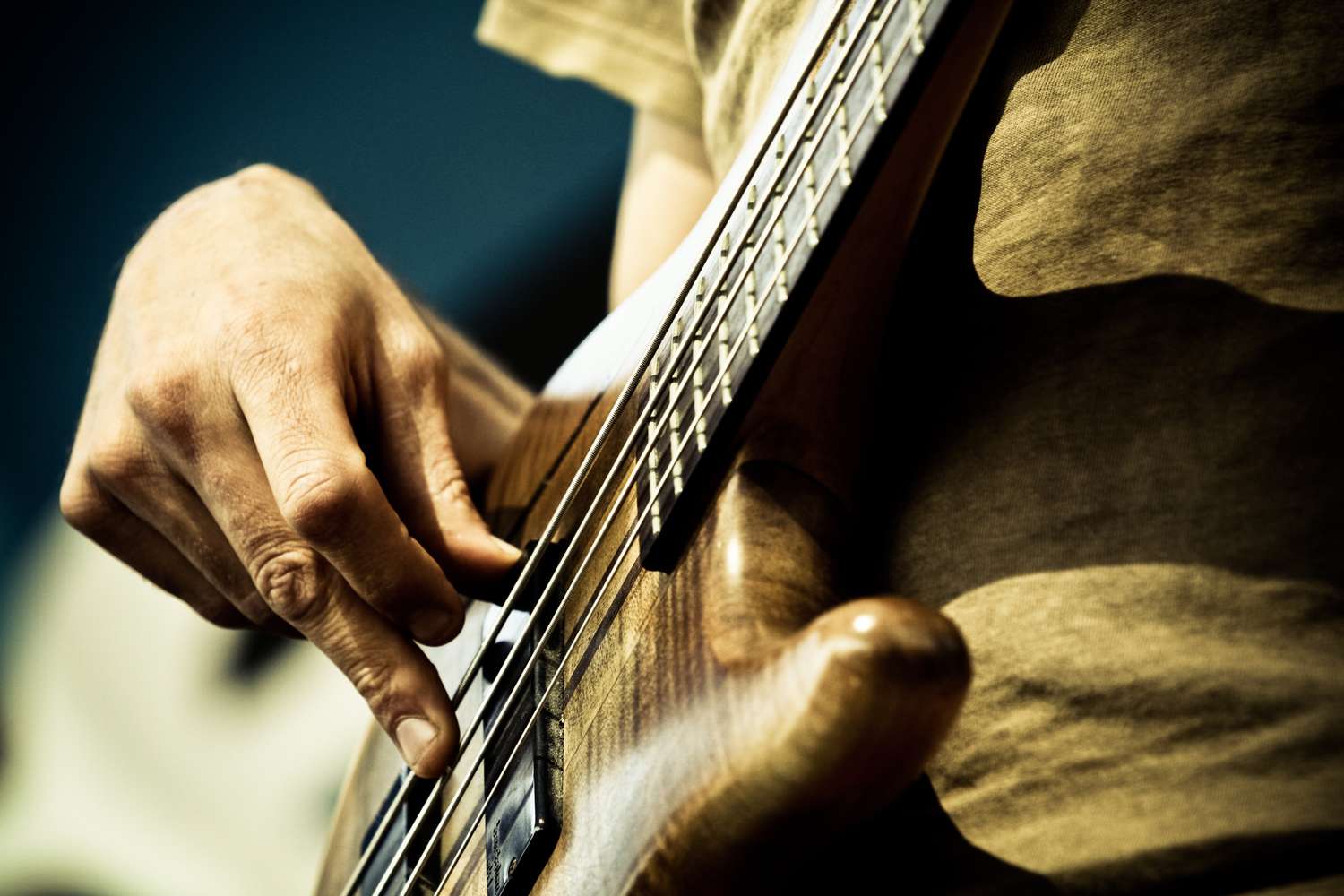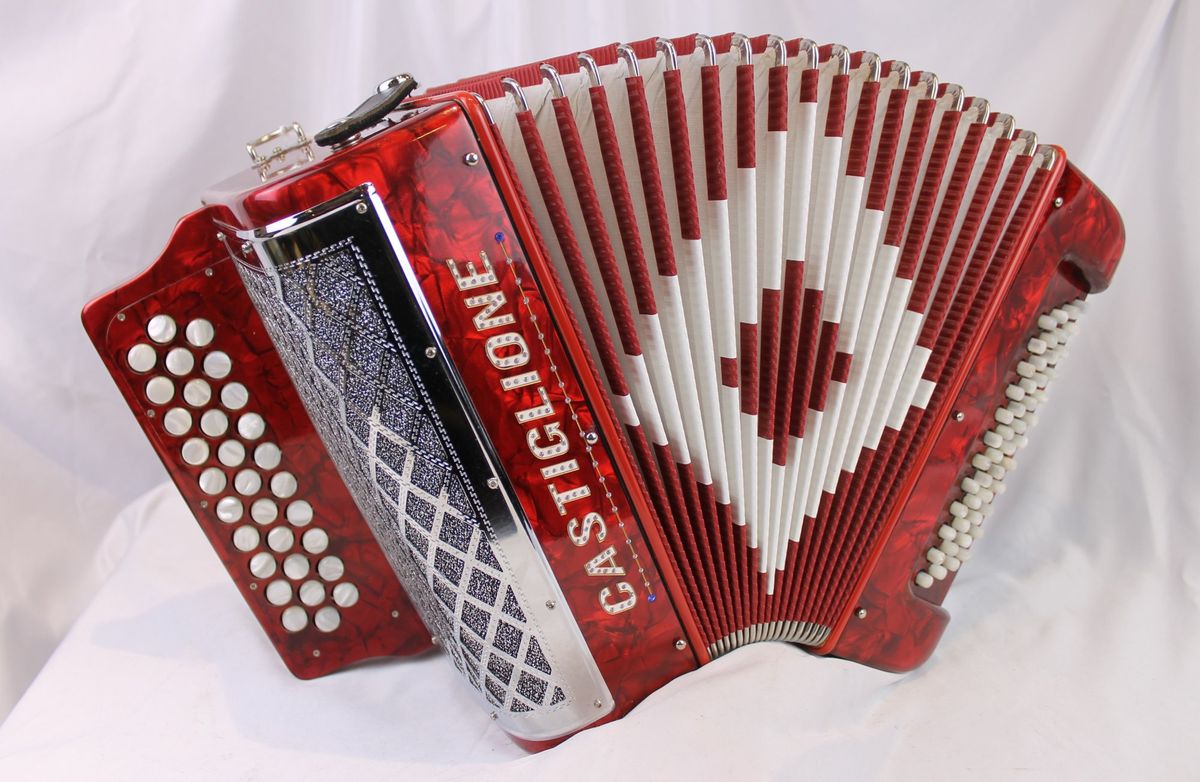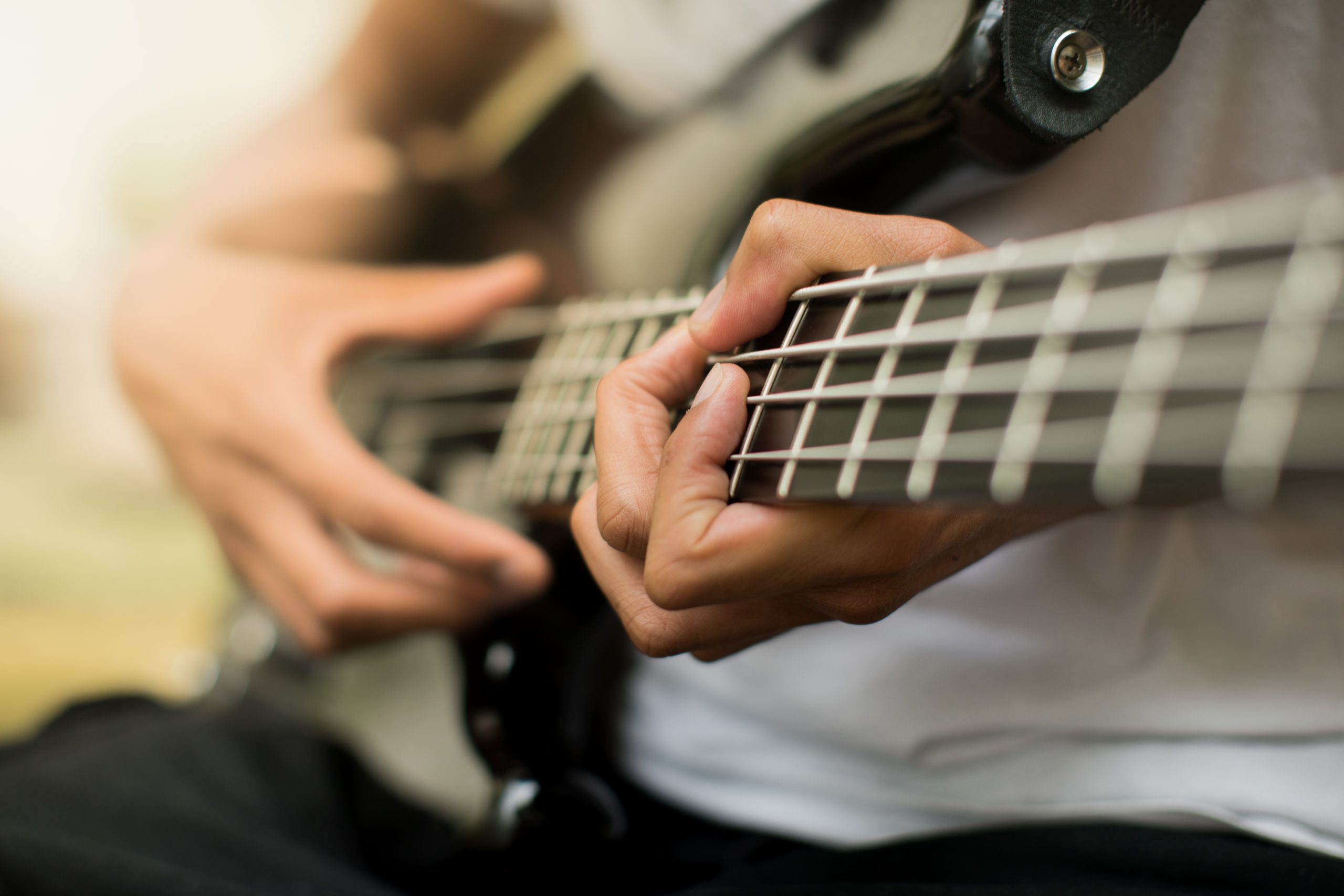

Reggae
How To Play A Reggae Bass Line
Modified: January 22, 2024
Learn how to play a captivating reggae bass line with our step-by-step guide. Master the rhythm and groove of reggae music.
(Many of the links in this article redirect to a specific reviewed product. Your purchase of these products through affiliate links helps to generate commission for AudioLover.com, at no extra cost. Learn more)
Table of Contents
Introduction
Welcome to the world of reggae music! Whether you’re a musician, a music lover, or just curious about this unique genre, understanding its fundamental elements is essential to fully appreciate and engage with reggae’s groovy beats and infectious rhythms. And at the heart of reggae music lies the bass line.
The bass is the foundation of reggae, providing the deep, pulsating rhythm that drives the music forward. It’s the element that keeps everyone locked into the groove and creates that distinctive reggae sound. In this article, we’ll delve into the art of playing a reggae bass line, exploring the techniques, rhythms, chord progressions, and melodic ideas that make reggae bass playing so captivating.
Whether you’re a seasoned bassist looking to expand your skills or a beginner eager to explore the world of reggae, this article will provide you with the guidance you need to get started or take your playing to the next level. So, let’s dive in and discover the magic of reggae bass!
Understanding Reggae Bass
Reggae bass is distinct and unique, known for its deep, pulsating sound and syncopated rhythms. It serves as the backbone of the music, laying down the foundation for other instruments and vocals to build upon. To understand reggae bass, it’s essential to explore various aspects that contribute to its distinctive characteristics.
First and foremost, reggae basslines often emphasize the root note of each chord. This creates a strong harmonic foundation and helps to define the chord progression. The bassist needs to be mindful of the chord changes and stay in sync with the rest of the band.
In addition to emphasizing the root note, reggae basslines frequently utilize octave jumps and syncopated rhythms. These techniques add depth and complexity to the groove, creating a sense of anticipation and movement. The bassist must be comfortable with playing offbeat rhythms, syncopations, and accents to maintain the infectious reggae feel.
Another crucial aspect of reggae bass playing is the use of muting techniques. The bassist often employs palm muting or dampening the strings with the left hand to create a tighter and more percussive sound. This technique adds crispness and clarity to the basslines and ensures that the rhythmic elements of reggae shine through.
Lastly, the tone and sound of the bass are paramount in reggae. Bassists typically favor a warm and round tone, using techniques such as playing with fingers or using a pick to achieve the desired sound. Experimenting with different tones and techniques can greatly enhance the overall feel and vibe of the bassline, allowing the bassist to leave their unique imprint on the music.
By understanding these key aspects of reggae bass, you’ll be better equipped to dive into the realm of reggae music and add your own style and flair. The next section will focus on essential techniques and tips that will help you master the art of reggae bass playing.
Essential Techniques and Tips
Playing reggae bass requires a combination of solid technique and a deep understanding of the genre’s rhythmic and melodic characteristics. Here are some essential techniques and tips to help you master the art of reggae bass playing:
- Develop a strong sense of rhythm: Reggae is all about the groove, so it’s crucial to develop a solid sense of timing and rhythm. Practice playing along with reggae tracks, focusing on locking in with the drummer and other rhythm instruments. Pay attention to the placement of notes and the space between them to create a tight and cohesive rhythm section.
- Master the one-drop rhythm: The one-drop rhythm is a signature groove in reggae music. It emphasizes the third beat of each measure, giving the music its laid-back, offbeat feel. Study and practice variations of the one-drop rhythm to become comfortable with this essential reggae groove.
- Work on fingerstyle technique: Many reggae basslines are played using fingerstyle technique. Practice playing with your fingers to achieve a warm and rich tone. Experiment with alternate fingerings, slides, and hammer-ons to add expressive elements to your playing.
- Explore different rhythmic patterns: Reggae basslines often incorporate repetitive and syncopated rhythmic patterns. Experiment with various patterns such as eighth-note skanks, a combination of upstrokes and downstrokes, and walking basslines to add depth and variety to your playing.
- Utilize space and dynamics: Reggae basslines often employ the use of space and dynamics. Don’t be afraid to leave gaps between notes and vary the intensity of your playing. This adds texture and allows the other elements of the music to shine through.
- Pay attention to the interaction with other instruments: The bass works hand in hand with the drums and other instruments in reggae music. Listen carefully to how your bass lines interact and complement the other instruments. Collaborating and syncing with the drummer is crucial for creating a solid and cohesive reggae groove.
Remember, mastering reggae bass requires practice, patience, and a keen ear. Take the time to study and internalize the rhythms, techniques, and nuances of the genre. Immerse yourself in the music, listen to classic reggae tracks, and jam with other musicians to further develop your skills. By incorporating these essential techniques and tips into your playing, you’ll be well on your way to becoming a skilled reggae bassist.
Rhythms and Grooves
Rhythm is at the heart of reggae music, and mastering the various rhythms and grooves is essential for creating an authentic reggae bassline. Here are some common rhythms and grooves you should explore:
- One-Drop: The one-drop rhythm is the quintessential reggae groove. It emphasizes the third beat of each measure, creating a laid-back and syncopated feel. The bassist typically plays the root note on beat one and holds it for the duration of the measure, emphasizing the offbeat notes on the third beat.
- Rockers: The rockers rhythm is a driving and energetic groove commonly found in reggae. It features a steady eighth-note pulse, with the bassist playing a repetitive eighth-note pattern that accentuates the offbeats. This groove provides a powerful foundation and propels the music forward.
- Bubble: The bubble rhythm is characterized by a bouncing, upbeat feel. The bassist typically plays quarter notes or eighth notes, focusing on creating a rhythmic bounce that adds energy and momentum to the music. It’s a versatile groove that works well in different reggae subgenres.
- Walking Basslines: Walking basslines are common in reggae, especially in the ska-influenced styles. In walking basslines, the bassist moves between different chord tones, creating a melodic and flowing line. Experiment with different patterns and note choices to create interesting and dynamic walking basslines.
- Root-Five Patterns: Root-five patterns are another commonly used rhythmic pattern in reggae. The bassist plays the root note followed by the fifth of each chord, creating a solid and driving bassline. This pattern is often used to reinforce the chord progression and create a strong harmonic foundation.
- Palm Muting: Palm muting is an essential technique in reggae bass playing. By lightly resting the palm of your picking hand against the strings near the bridge, you can achieve a dampened and percussive sound. Experiment with palm muting to add a tighter and more defined groove to your basslines.
Remember, the key to mastering reggae rhythms and grooves is practice. Listen to classic reggae tracks, study the basslines of legendary reggae bassists, and spend time jamming with other musicians. As you become more familiar with the various rhythms and grooves, you’ll be able to infuse your own creativity and style into your reggae bass playing.
Chord Progressions
Chord progressions are the foundation of any musical composition, and reggae is no exception. Understanding and utilizing the right chord progressions is crucial for creating authentic and captivating reggae basslines. Here are some common chord progressions found in reggae:
- I-IV-V: The I-IV-V progression is a staple in many genres, including reggae. In the key of C, for example, the chords would be C (I), F (IV), and G (V). This progression provides a strong and familiar sound that’s often used in reggae to create a catchy and memorable bassline.
- Minor Chord Progressions: Reggae also features minor chord progressions that evoke a more introspective and moody vibe. Progressions such as Am-Dm-G or Em-C-G are commonly used in reggae music. These minor progressions add depth and emotional complexity to the bassline.
- Reggae Turnaround Chords: Turnaround chords are essential in reggae as they provide a smooth transition from one section of the song to another. Common reggae turnaround chords include Bm-E, G-C, or D-G. Incorporating these chords into your bassline can help create seamless transitions and maintain the flow of the music.
- Extended Chord Progressions: In more complex reggae compositions, you’ll find extended chord progressions that incorporate seventh, ninth, or eleventh chords. These extended harmonies add color and richness to the bassline and allow for more melodic possibilities. Experiment with different voicings and variations to create interesting and expressive basslines.
- Bass Chord Inversions: In reggae bass playing, it’s common to invert the chords and have the bassist play the third or the fifth of the chord instead of the root. This creates a unique and melodic bassline that adds movement and interest to the music. Practice playing chord inversions to enhance your reggae bass playing skills.
When approaching chord progressions in reggae, it’s important to remember the importance of rhythm and timing. Pay attention to the placement of notes within the chord progression, accentuating the offbeats to create that distinctive reggae feel. Additionally, take note of how the chord progressions interact with the rhythms and grooves discussed earlier to create a cohesive and engaging bassline.
Experiment with these chord progressions, adapt them to your own style, and don’t be afraid to venture into new harmonic territories. By understanding and exploring the different chord progressions, you’ll be able to create captivating and unforgettable reggae basslines.
Melodic Ideas and Variations
While reggae basslines often emphasize the rhythmic elements, incorporating melodic ideas and variations can elevate your playing and add a unique touch to the music. Here are some melodic ideas and variations to explore in your reggae basslines:
- Embellishments: Add small embellishments and slides to your basslines to create a melodic twist. These can be simple slides between notes, hammer-ons, or pull-offs. Experiment with different techniques to find what suits your style and enhances the overall melodic quality of the bassline.
- Double Stops: Double stops involve playing two notes simultaneously. Incorporate this technique in your basslines to create harmonies and add richness to the melodic structure. You can use intervals like thirds, fourths, or fifths to create melodic lines and counterpoint within the bassline.
- Call and Response: Explore the concept of call and response in your basslines. Play a melodic phrase or pattern and respond to it with a variation or complementary pattern. This adds a dynamic interplay between different sections of the music and creates a more engaging and interactive bassline.
- Octaves and Chord Arpeggios: Experiment with playing basslines using octaves or arpeggios of the underlying chords. This can create a melodic movement within the bassline while maintaining a strong harmonic foundation. It adds a melodic quality to the bassline without sacrificing the rhythmic drive that’s essential in reggae.
- Variations in Note Duration: Vary the duration of the notes you play in your basslines. Instead of playing straight eighth notes, explore different rhythmic patterns, such as syncopations, dotted rhythms, or sustained notes. This adds interest and allows you to create melodic phrases within the rhythmic framework of the reggae groove.
Remember, while incorporating melodic elements, it’s important to remain mindful of the overall groove and feel of the music. These melodic ideas and variations should enhance the bassline without overpowering the rhythmic foundation. Practice incorporating them into your playing, experiment with different techniques, and listen to influential reggae bassists to gain inspiration.
By infusing melodic ideas and variations into your reggae basslines, you can create a dynamic and expressive playing style that truly captivates the listener and adds your personal touch to the music.
Common Mistakes to Avoid
When learning to play reggae bass, it’s important to be aware of certain common mistakes that can hinder your progress and prevent you from achieving a polished and authentic sound. Here are some common mistakes to avoid:
- Overplaying: One of the most common mistakes is overplaying, filling every gap with unnecessary notes or excessive fills. Reggae bass is about finding the perfect balance between rhythm and melody. Embrace simplicity and allow space in your basslines, focusing on the groove and the interplay with the other instruments.
- Incorrect Technique: Poor technique can greatly affect the quality of your bass playing. Ensure that you’re using proper technique, whether you’re playing with your fingers, using a pick, or a combination of both. Pay attention to your hand position, finger placement, and the clarity of your notes to achieve a clean and professional sound.
- Lack of Dynamics: Reggae music thrives on dynamics, so it’s crucial to incorporate them into your basslines. Avoid playing with a consistent volume throughout the song. Instead, explore the wide range of dynamics, from soft and gentle to bold and intense, to add depth and emotion to your playing.
- Inaccurate Timing: Reggae is all about groove and precise timing. Make sure to practice with a metronome or play along with recordings to develop a solid sense of timing. Focus on playing in the pocket and syncing with the drummer and other rhythm instruments to create a tight and cohesive rhythm section.
- Ignoring the Root Notes: The root notes of the chord progression are the backbone of reggae basslines. Avoid neglecting these crucial notes as you explore melodic variations and embellishments. It’s essential to maintain a strong harmonic foundation by emphasizing the root notes while adding melodic elements.
- Not Listening: Reggae music is a collaborative effort, and listening to the other musicians is key to creating a cohesive and engaging sound. Avoid getting caught up in your own playing and actively listen to the drums, guitar, vocals, and other instruments. Stay connected with the rhythm section and adjust your basslines accordingly for a tighter and more synchronized performance.
By being mindful of these common mistakes and working to address them in your playing, you’ll be able to develop a more polished and professional reggae bass technique. Regular practice, studying the genre, and listening to experienced reggae bassists will also contribute to your growth as a musician.
Conclusion
Congratulations! You’ve now gained a deeper understanding of reggae bass and the essential techniques, rhythms, chord progressions, melodic ideas, and common mistakes to avoid. With this knowledge in hand, you can embark on an exciting journey to explore and master the art of reggae bass playing.
Remember, reggae music is all about the rhythm, groove, and feel. Focus on developing a strong sense of timing and incorporating the signature reggae rhythms into your basslines. Pay attention to the harmonies and chord progressions, using them as a foundation for your melodic explorations. And don’t forget the importance of listening to the other instruments and maintaining a tight and cohesive sound with the rhythm section.
As you continue to practice and refine your reggae bass skills, it’s important to develop your own style and musical voice. Embrace the influences of legendary reggae bassists while adding your unique touch and personal expression. Experiment with different techniques, explore new variations, and let your creativity shine in your basslines.
Whether you’re playing in a band, recording in the studio, or jamming with fellow musicians, reggae bass will help to create a captivating and infectious groove that sets the foundation for the entire music. Embrace the simplicity, embrace the groove, and embrace the spirit of reggae music.
So, grab your bass, put on some reggae tunes, and immerse yourself in the irresistible rhythms and melodies. With dedication, practice, and a true love for the genre, you will become a skilled and respected reggae bassist. Enjoy the journey and spread the joy of reggae music through your basslines!


